Dynamic Stall On Pitching Airfoil CFD Simulation Using Dynamic Mesh – Experimental Paper Validation
Dynamic Stall On Pitching Airfoil CFD Simulation Using Dynamic Mesh – Experimental Paper Validation
- Upon ordering this product, you will be provided with a geometry file, a mesh file, and an in-depth Training Video that offers a step-by-step training on the simulation process.
- For any more inquiries regarding the product, please do not hesitate to reach out to us at info@CFDLAND.com or through our online support assistant.
€210.00 Original price was: €210.00.€190.00Current price is: €190.00.
Dynamic stall represents one of the most challenging unsteady aerodynamic phenomena in fluid mechanics, occurring when a rapidly pitching airfoil exceeds its static stall angle while experiencing delayed flow separation due to unsteady effects. This complex flow physics manifests through the formation, evolution, and subsequent shedding of a leading edge vortex (LEV), causing dramatic fluctuations in aerodynamic loads that significantly impact applications ranging from helicopter rotor blades to wind turbine performance. Our comprehensive CFD simulation employs the dynamic mesh technique using ANSYS Fluent to accurately model the NACA0012 airfoil’s prescribed pitching motion, capturing the essential time-dependent flow features through precise mesh deformation and boundary motion. Implementing the SST k-ω turbulence model, our simulation resolves the intricate boundary layer separation, vortex formation, and interaction processes characteristic of deep dynamic stall conditions. This systematic VALIDATION study benchmarks our numerical results against the experimental measurements reported in Wang et al.’s “Study on dynamics of vortices in dynamic stall of a pitching airfoil using Lagrangian coherent structures,” demonstrating excellent agreement in predicting both aerodynamic coefficients and flow structure development throughout the pitching cycle.
- Reference [1]: Wang, Wei, et al. “Study on dynamics of vortices in dynamic stall of a pitching airfoil using Lagrangian coherent structures.” Aerospace Science and Technology113 (2021): 106706.
Figure 1: Pitching airfoil CFD analysis
Simulation Process
The NACA0012 airfoil geometry is created in ANSYS Design Modeler with precision to capture the critical leading edge curvature. The computational domain is strategically divided into multiple sections to generate a high-quality structured grid, with a circular inner zone surrounding the airfoil to implement the dynamic mesh technique while maintaining a stationary outer domain. The sinusoidal pitching motion about the quarter-chord axis is precisely controlled through a custom User Defined Function (UDF) that matches experimental test conditions with specified mean angle, amplitude, and reduced frequency parameters. Boundary layer resolution is achieved with refined near-wall meshing (y⁺<1), while mesh quality metrics are carefully monitored during rotation to maintain numerical stability. We aim to Validate lift and drag coefficients against experimental measurements through multiple complete oscillation cycles.
Figure 2: structured grid over NACA0012 for dynamic stall CFD Simulation
Post-processing
The drag and lift coefficient graphs show strong agreement between our simulation and the experimental data across most of the pitching cycle. The drag coefficient curve shows excellent match at lower angles (5-15 degrees) with slight overprediction in the 15-23 degree range. Both experimental and simulation results display the clear hysteresis loop that is typical in dynamic stall, where drag follows different paths during upstroke and downstroke motions. The lift coefficient graph similarly shows good agreement during the upstroke phase up to about 15 degrees, though our simulation slightly underpredicts the maximum lift (2.1 compared to experimental 2.3). This small difference might be due to the challenges in precisely capturing the timing of vortex shedding that directly affects peak lift values.
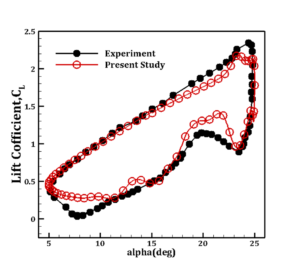
Figure 3: Drag & lift coefficient agreement with experimental dynamic stall data
The velocity contour visualization reveals the complex flow structures causing these aerodynamic behaviors. A large, well-formed vortex appears behind the airfoil, with velocities ranging from near-zero in the vortex core to approximately 29 m/s in the accelerated flow regions. This vortex formation explains the lift enhancement before stall occurs, as low-pressure zones develop above the airfoil. When the vortex detaches, it creates the sudden drop in lift seen in both experimental and simulation data at around 23-24 degrees. The small differences between simulation and experiment in the recovery region (17-22 degrees) might be related to how the secondary vortices are resolved in the numerical model. Overall, the simulation successfully captures the essential dynamic stall characteristics, confirming the effectiveness of our CFD approach and dynamic mesh implementation.
Figure 4: Velocity field around pitching airfoil CFD simulation
We pride ourselves on presenting unique products at CFDLAND. We stand out for our scientific rigor and validity. Our products are not based on guesswork or theoretical assumptions like many others. Instead, most of our products are validated using experimental or numerical data from valued scientific journals. Even if direct validation isn’t possible, we build our models and assumptions on the latest research, typically using reference articles to approximate reality.
Yes, we’ll be here . If you have trouble loading files, having technical problems, or have any questions about how to use our products, our technical support team is here to help.
You can load geometry and mesh files, as well as case and data files, using any version of ANSYS Fluent.
€120.00 Original price was: €120.00.€95.00Current price is: €95.00.

€130.00 Original price was: €130.00.€85.00Current price is: €85.00.

€250.00 Original price was: €250.00.€195.00Current price is: €195.00.

€155.00 Original price was: €155.00.€95.00Current price is: €95.00.

€160.00 Original price was: €160.00.€135.00Current price is: €135.00.

€240.00 Original price was: €240.00.€135.00Current price is: €135.00.


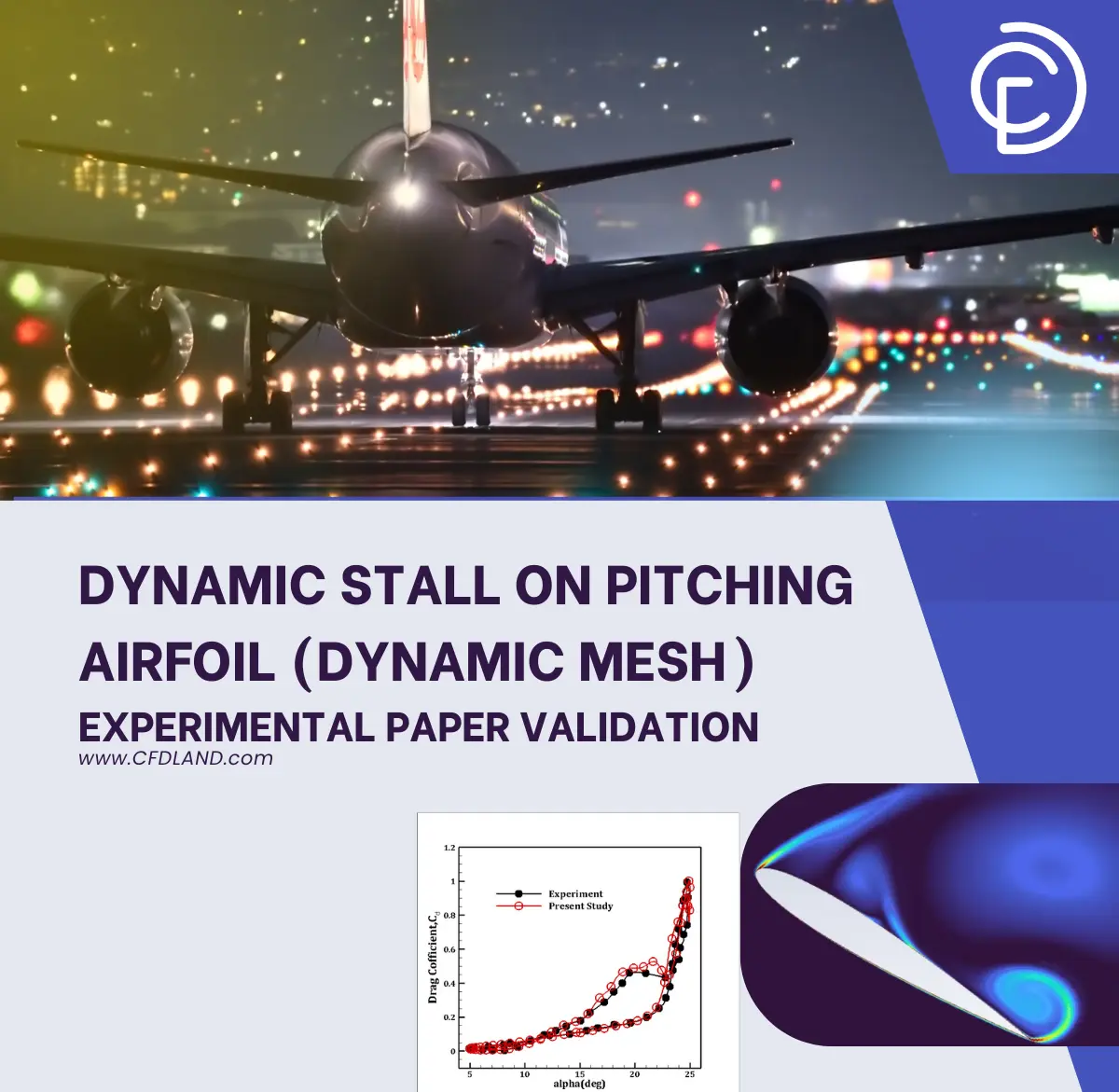
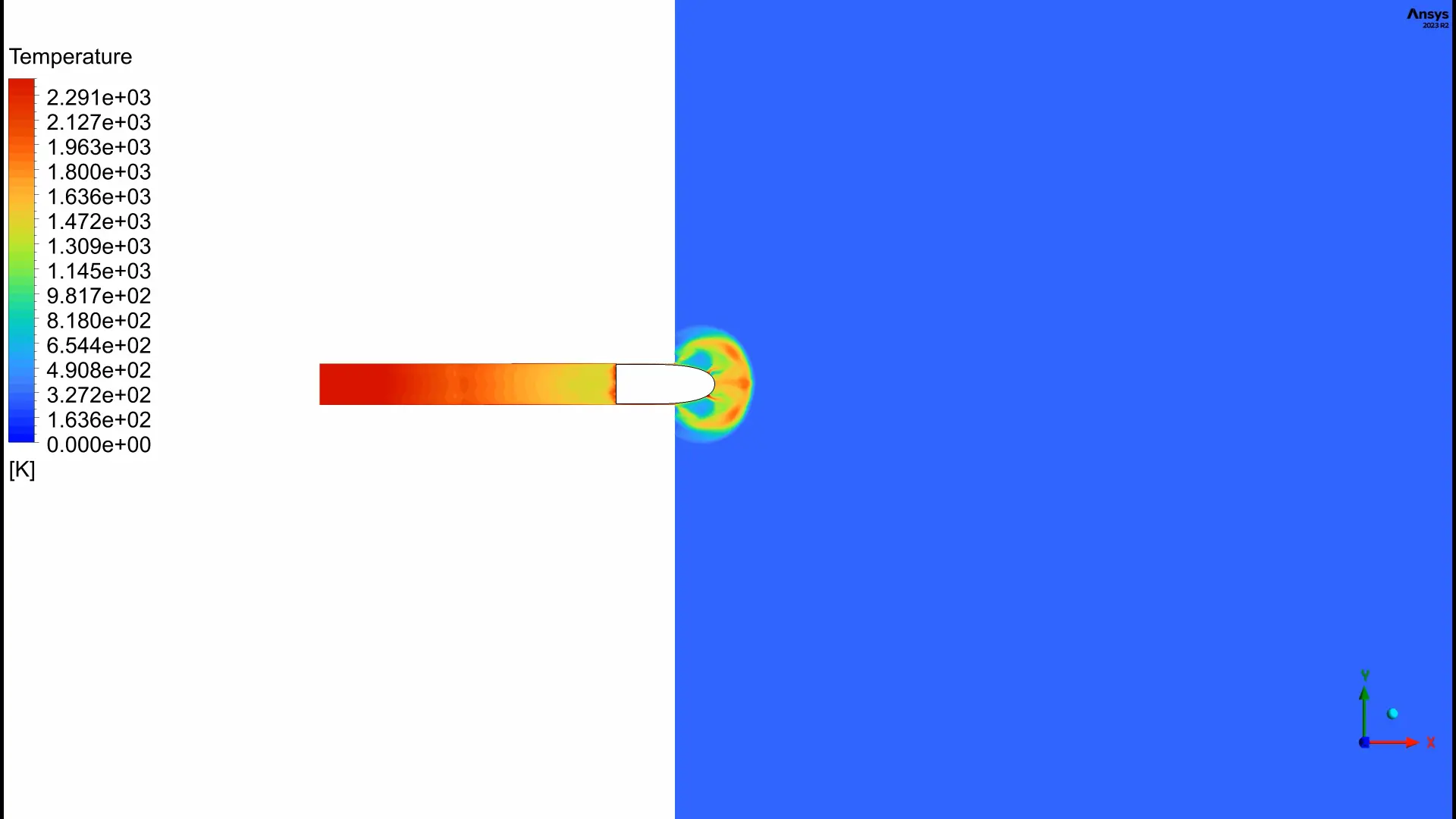
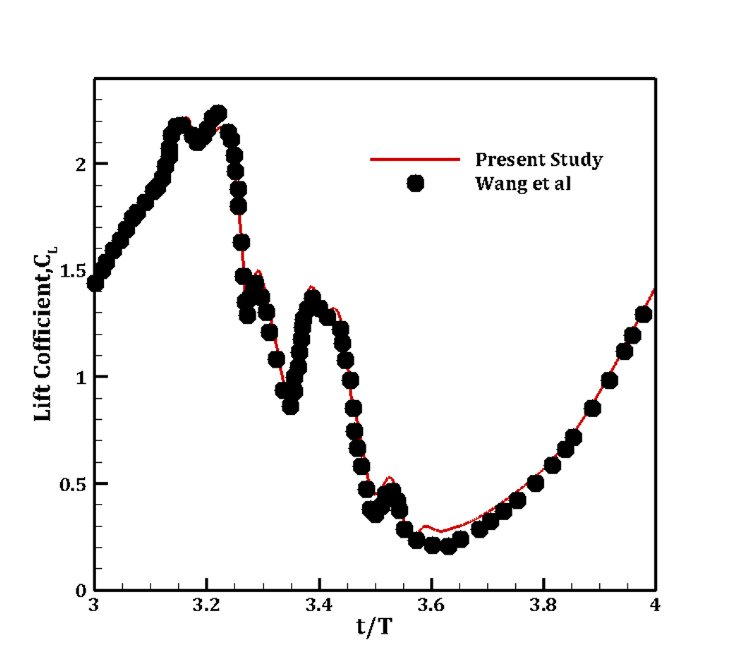
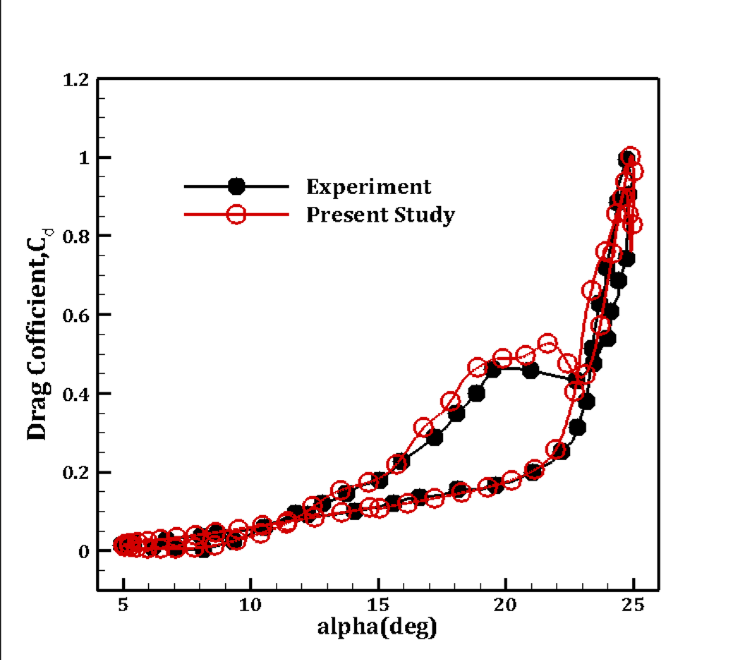

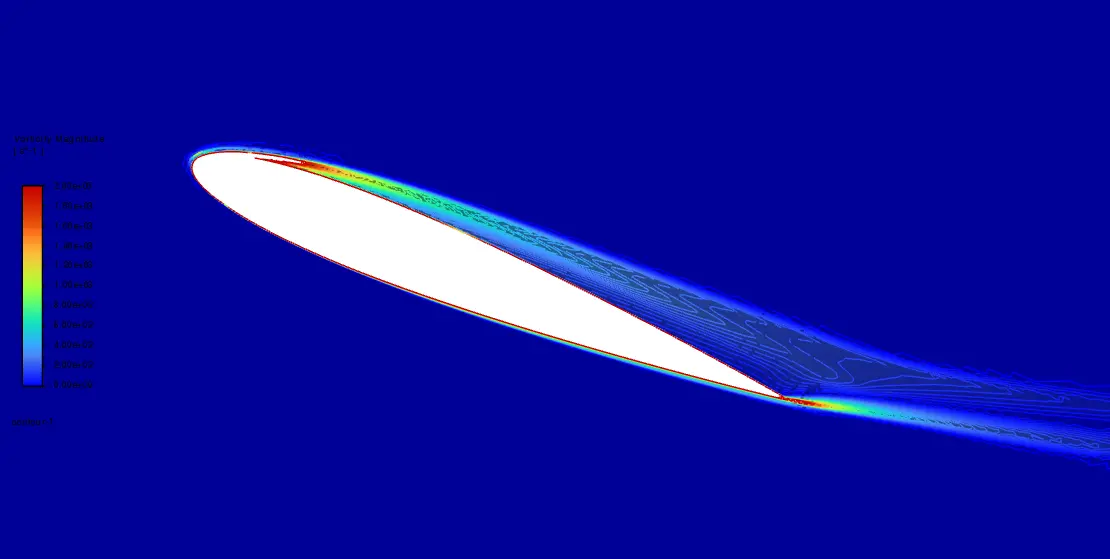
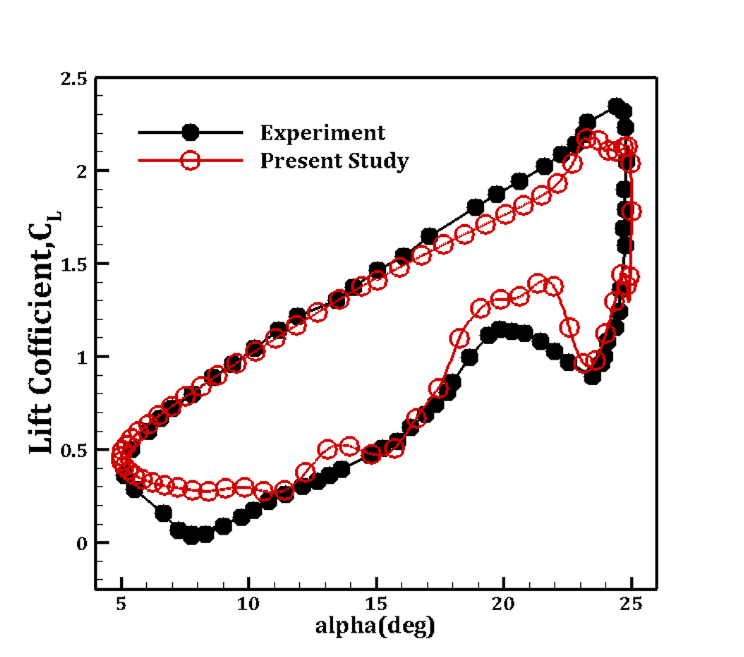
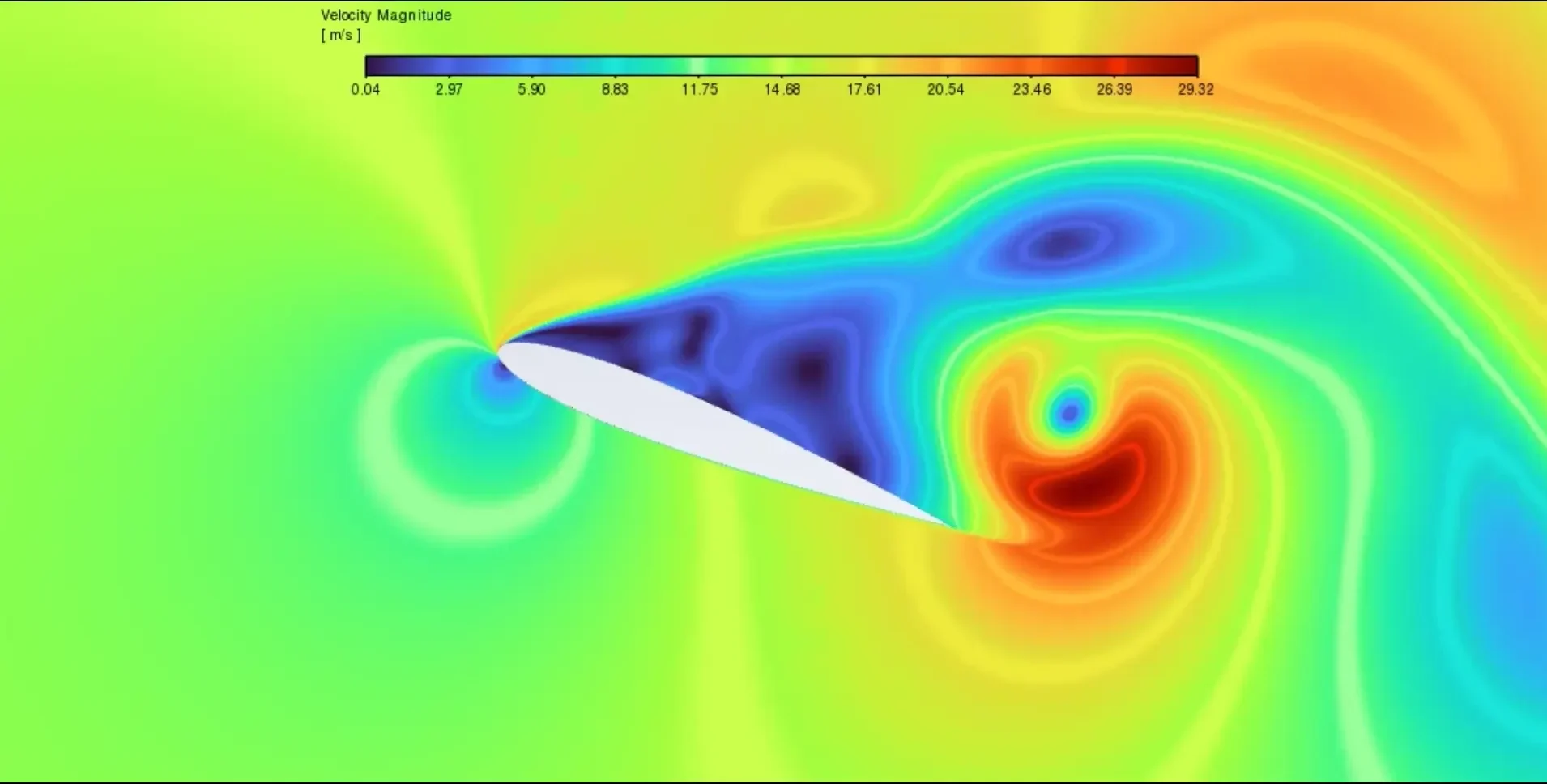

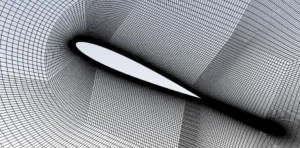
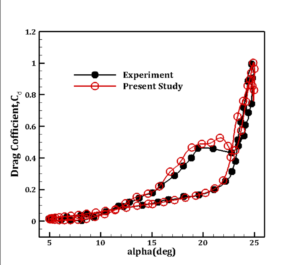
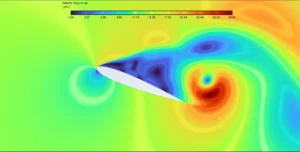





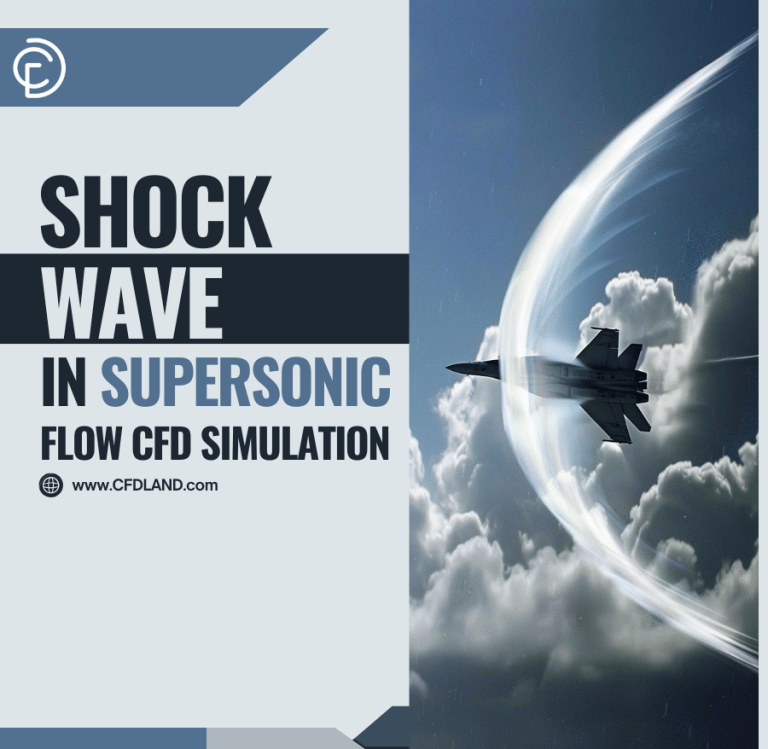
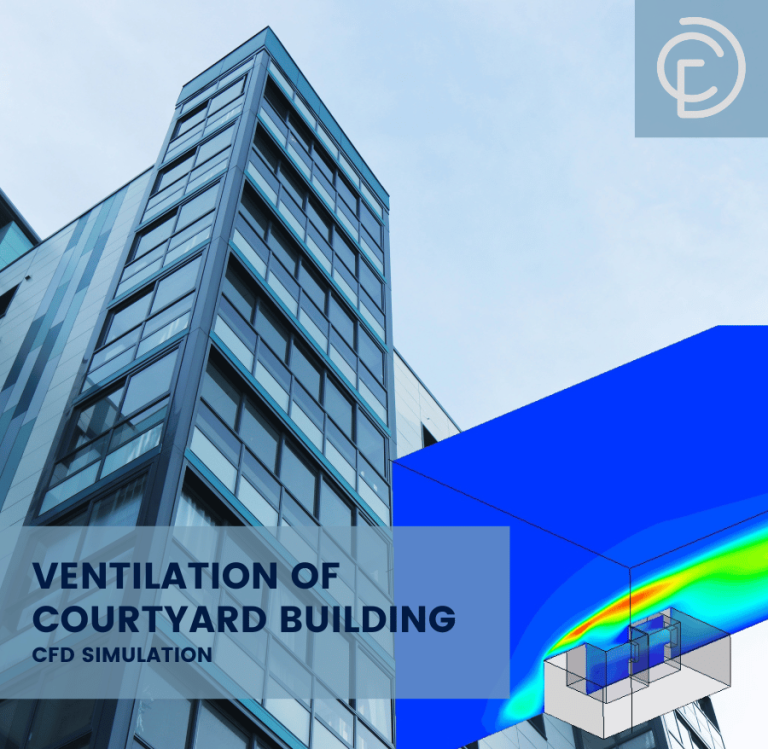
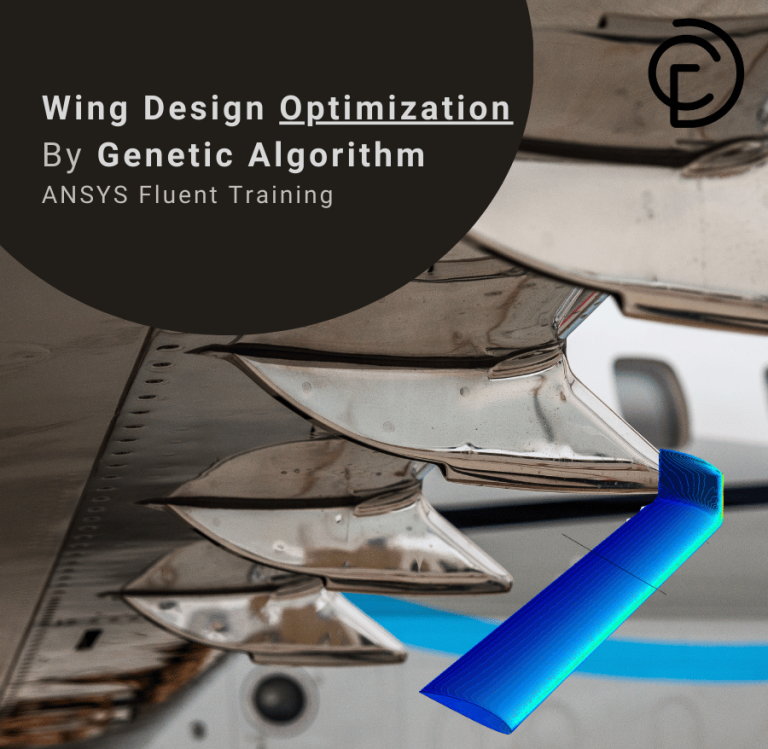
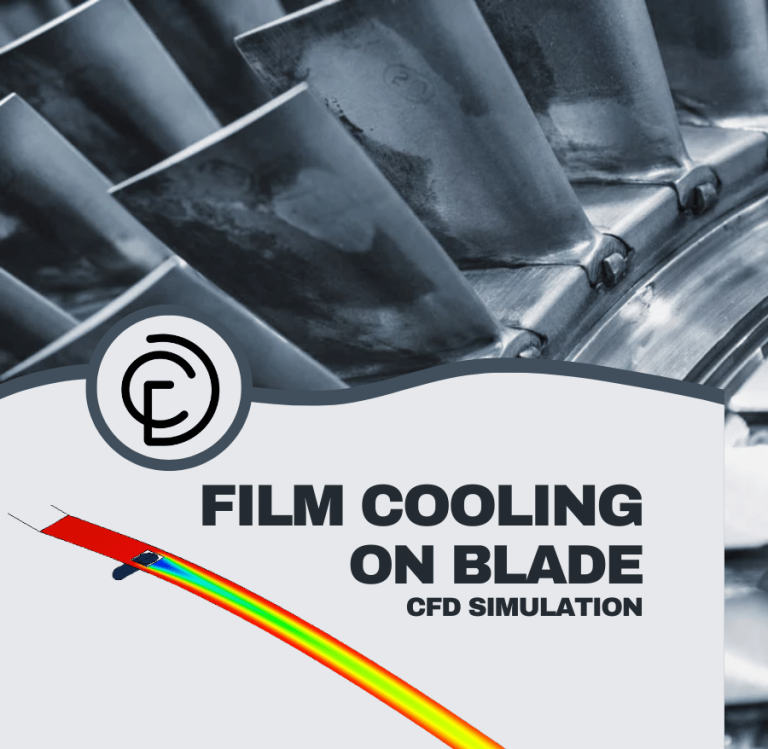
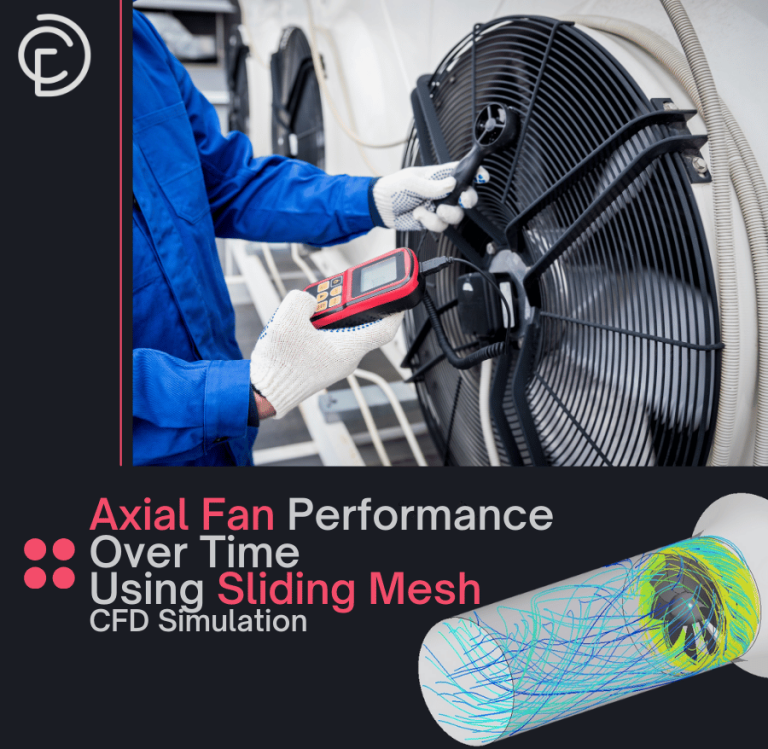
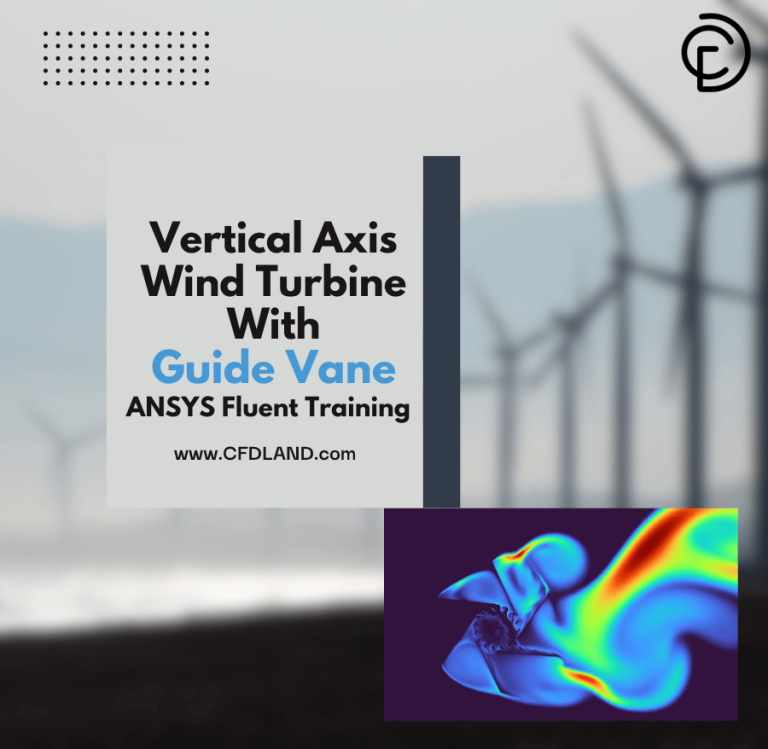
Reviews
There are no reviews yet.